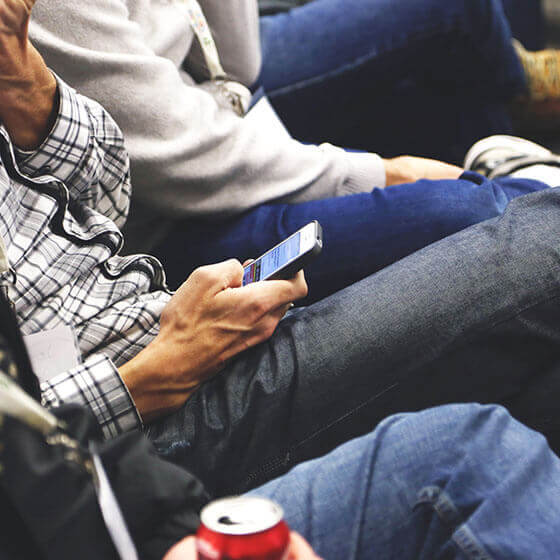Digital marketing is not just restricted to your computer screens. You’ll also find many examples of it around city centres, bus stops, billboards, train stations and many more highly populated locations.
However, it’s only now that brands are realising the enormous potential of what is known as out-of-home (OOH) digital marketing, making it one of the big trends to watch in 2017 and into the following year. Its rise has been predicted, with Advertising Association research in summer 2016 forecasted that spend on OOH would rise by 3.8% in 2017. The same research also showed that spend on out-of-home had already grown by 4.2%.
What can OOH do for you?
OOH digital marketing has gone far beyond simply displaying static or video advertisements to shoppers and passers-by. It now uses smart technology to open up an enormous range of different applications and possibilities, from targeting particular customer groups to interactive features.
Here are just a handful of the possibilities, according to Fourth Source and other digital marketing analysts:
- Interactivity and live social media. Consumers love the chance to directly interact with digital screens, especially when they can influence the content it displays. Brands can harness this desire to play and to personalise by connecting social media with OOH digital screens, allowing users to change the content on the screen through messaging on social media. This is not without its risks (some form of content moderation will be required, of course) but it’s an exciting prospect nonetheless.
- Facial recognition. Smart technology can be used to recognise faces or colours, or even weather conditions. This information can then be a trigger to adjust the content of the marketing message, to target different groups (i.e. men and women) or even people’s favourite colours (i.e. changing the message according to a particular car colour that pulls near). Product offering can be adjusted depending on the weather, all making the messages more relevant to consumers and their immediate surroundings.
- Time-of-day marketing, also known as high fidelity day part targeting. Advertising and marketing is always more effective when it’s highly relevant, so it makes sense to adjust messages based on the time of day. This could relate to a particular food offering (i.e. breakfast or lunch) or be based on consumer’s moods at particular times of day. For example, an inspirational, energising message in the early mornings when consumers are sleepy and comforting, home-focused messages for tired consumers on their way home after a long working day.
- Geo-targeting. This enables national campaigns to be targeted at local audiences, and it can even be utilised for mobile mediums such as digital screens in taxis as they move through town. This enables the delivery of location-specific messages, which can encourage certain behaviour or a nudge towards a particular nearby brand.
Do you see the potential in out-of-home digital marketing and have you tried it for your own brand? Please feel free to share your thoughts and experiences.







